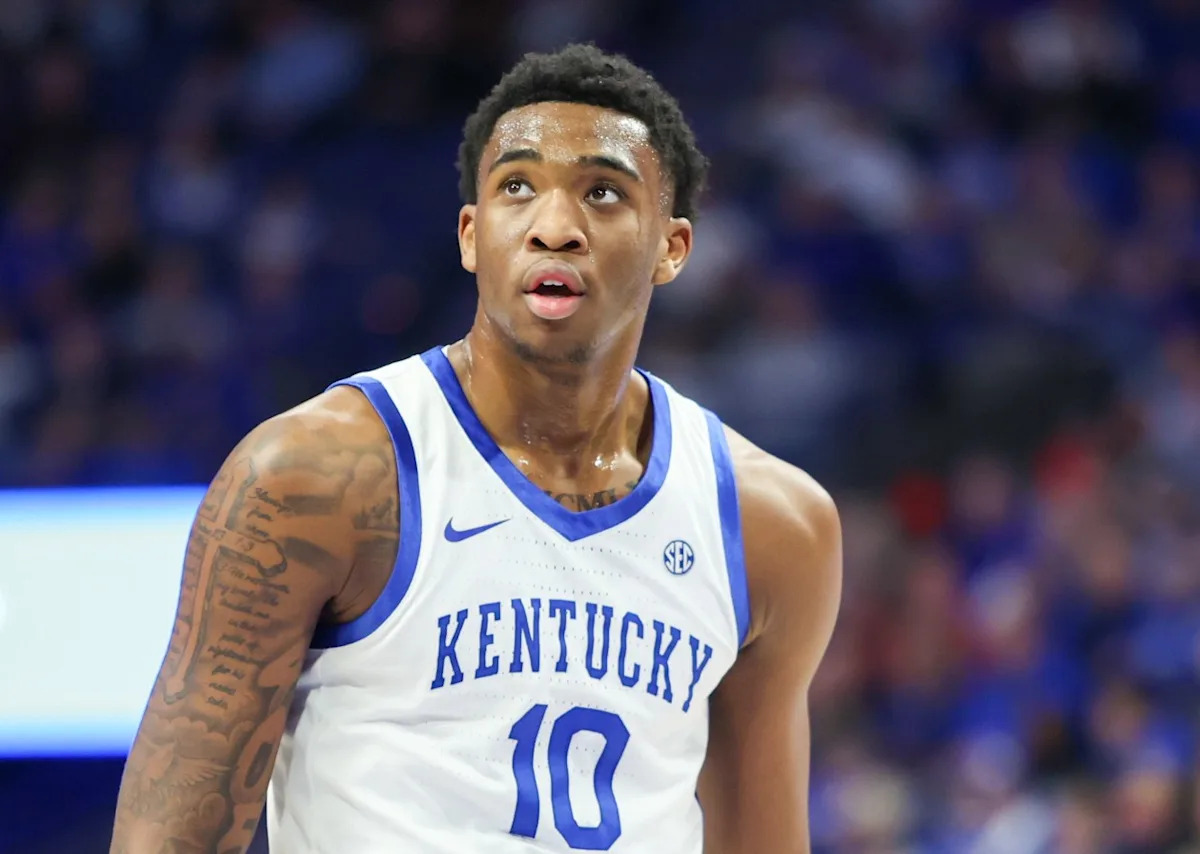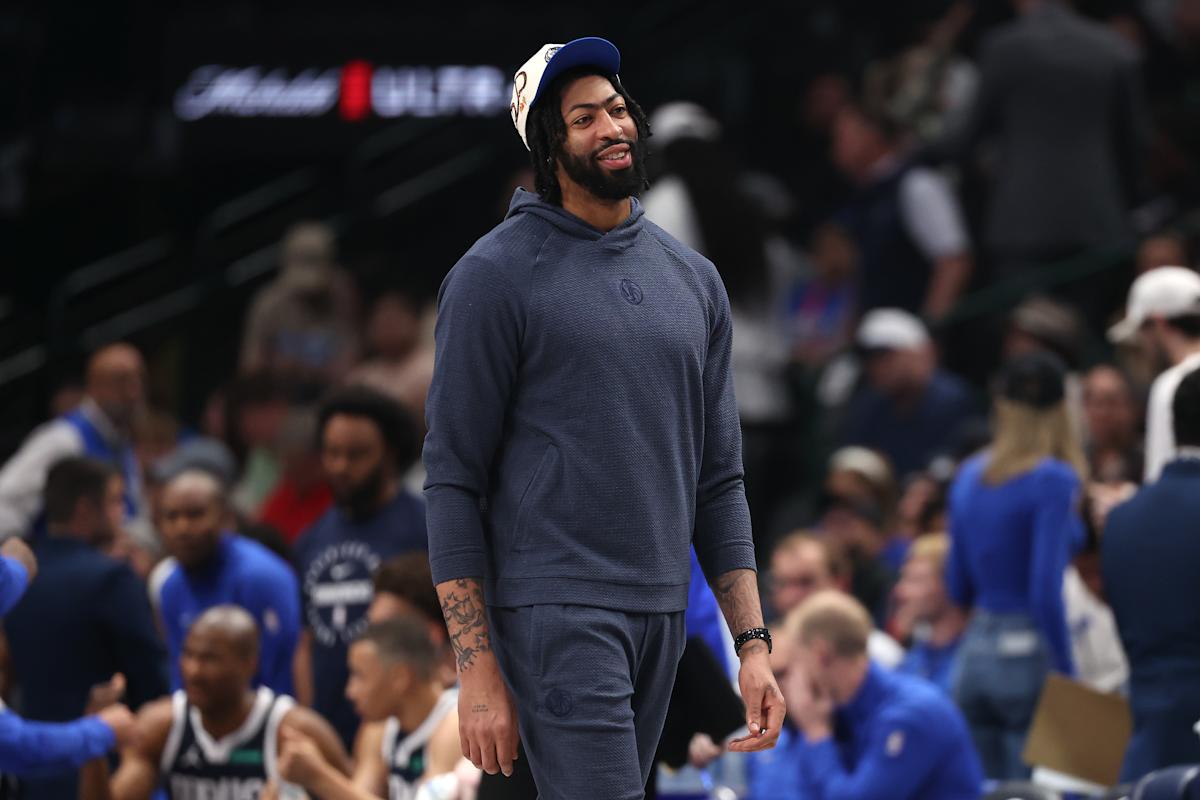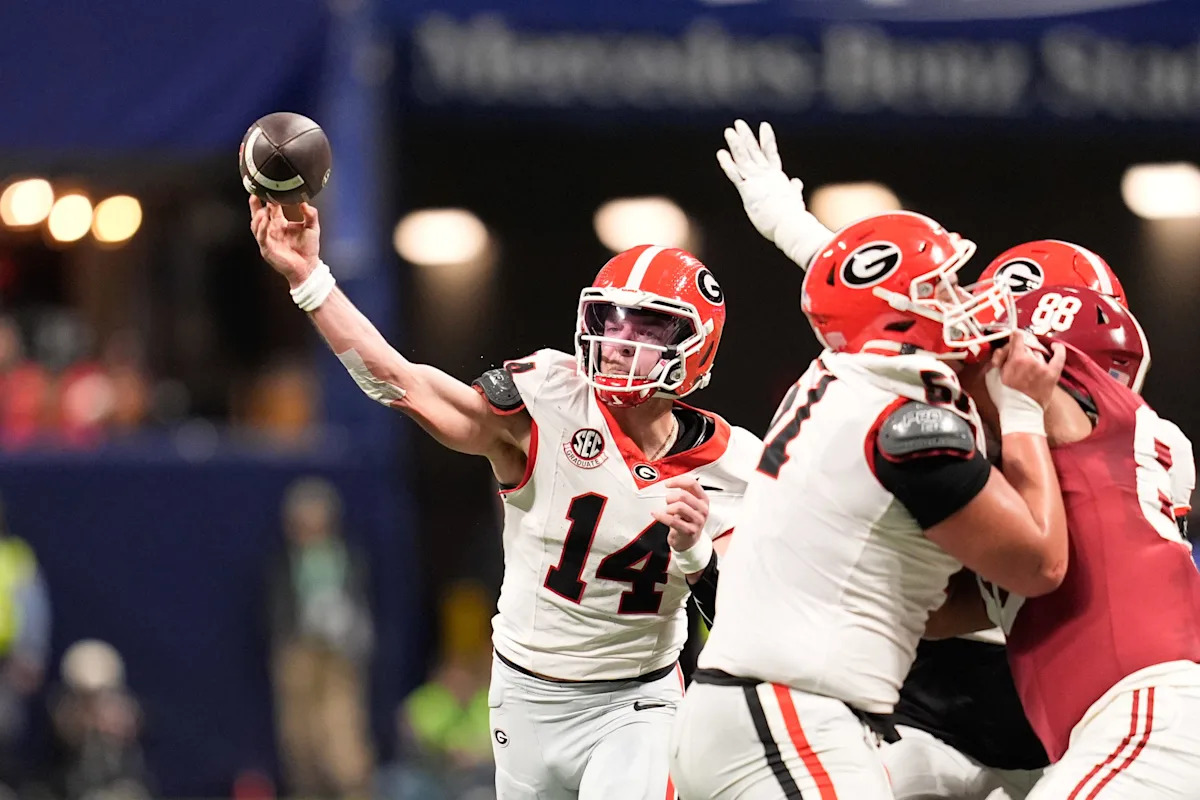Gonzaga basketball is officially back—even if the season hasn’t technically started yet. The Zags open exhibition play on Sunday, October 19, at the McCarthey Athletic Center with a tune-up against Northwest University, an NAIA program out of Kirkland, Washington, that finished 5-23 last year but brings back two starters, including leading scorer Trent Williams. The game will be carried live on SWX, with local radio coverage on 96.1 FM and the Varsity Sports app, and live stats available on GoZags.com. It’s the first of two exhibitions against local non-Division I opponents and the first real look at a Gonzaga roster loaded with length, experience, and enough internal competition to make even a preseason blowout worth studying.
The final score will matter only if the Zags somehow lose, but what will matter are the small glimpses we’ll get at who starts, who subs in first, how fast the Zags play, and which players look ready to define this team’s identity before the November 3 season opener against Texas Southern.
Here are a few of those storylines for fans to keep an eye on.
1. Who Claims the Open Wing?
As of this writing, Tyon Grant-Foster has yet to receive his eligibility waiver, leaving one of the most important spots in Gonzaga’s rotation officially open. The coaching staff has multiple viable directions, each signaling a different version of what this team might become. Steele Venters returns after a lost season and brings proven floor spacing. Jalen Warley offers length and playmaking from the perimeter with three years of Atlantic Coast Conference experience. Emmanuel Innocenti emerged last year as an elite defender with the physicality to guard all over the floor. And then there is freshman Davis Fogle, the highest-rated recruit Gonzaga has landed in nearly a decade and a potential long-term cornerstone.
An exhibition game against an NAIA opponent won’t provide final answers, but it will show who Mark Few trusts to set the tone. Pay close attention to which of these wings plays with the starting unit, who logs the longest stretch before the first substitution, and whether the staff experiments with size over shooting or vice versa. The first five minutes may tell us more about Gonzaga’s identity than the final scoreline.
Last season was the worst three-point shooting year of the Mark Few era, and Gonzaga spent the offseason reshaping the roster with that in mind. Adam Miller arrived from Arizona State with a reputation as a high-volume perimeter scorer. Steele Venters is finally healthy and, based on his performance at Kraziness in the Kennel, looks ready to claim his role as Gonzaga’s primary floor-spacer. The emphasis has been clear.
But emphasis is not proof. In that scrimmage, Gonzaga shot 7-for-23 from deep, and six of those makes came from Venters and Miller alone. The question might not be whether those two can connect from outside, but whether anyone else can. Does Braden Smith take open threes with confidence? Does Davis Fogle’s promising stroke translate immediately? Does someone unexpected—Warley, Innocenti, Saint-Supery, Huff—emerge as a credible perimeter threat? The Zags need shooting by committee, not by duo, and this is the first glimpse at whether that committee exists.
3. A New-Look Offense Under Braeden Smith
For the first time in two seasons, Gonzaga will operate without Ryan Nembhard orchestrating every possession from the top of the floor. Braeden Smith steps into that role not as a like-for-like replacement, but as the catalyst for an offense that could look faster, freer, and more opportunistic. Smith is a pace-pusher by nature—a pass-first guard who thrives in transition and distributes decisively, yet has no hesitation stepping into the big shot. Exhibition play is the first true look at how dramatically this changes Gonzaga’s rhythm.
The questions here are structural: how quickly does the ball cross half-court? How often do possessions end before the defense gets set? In the half-court, does the offense flow naturally through read-and-react motion rather than pre-scripted actions? This may be a less surgical system than what Nembhard ran, but potentially a more explosive one—built to expose cracks rather than create perfection. If the ball is moving, shooters are catching in rhythm, and players are finding space before the defense organizes, it will be a clear sign that this offense has a new, modern identity.
4. Frontcourt Rotation Beyond the Top Three
Gonzaga’s starting frontcourt is set with Graham Ike and Braden Huff, and Ismaila Diagne is expected to be the first big off the bench, likely backing up Ike and sliding Huff to the four. After that, the rotation becomes less defined. The coaching staff could experiment with small-ball lineups using Jalen Warley or Steele Venters at the four, give true freshman Parker Jefferson an early test, or cycle back with Ike at the four and Diagne at the five. This is where Tyon Grant-Foster’s eligibility becomes critical. He’s the one player who cleanly fits that hybrid forward role. How Mark Few manages these minutes in an exhibition setting will offer the first hint at whether this team has a fourth reliable big, or whether the staff will need to manufacture one.
5. Will Defense Be the Foundation?
This might be Gonzaga’s best collection of defensive talent in five years, and this exhibition is our first chance to see if that actually becomes the team’s identity. Emmanuel Innocenti changes the energy the moment he steps on the floor. Warley adds size and instinct on the perimeter. Diagne is the kind of rim protector who erases mistakes and turns rebounds into transition opportunities.
We already know this team can score. What we want to see is whether they are hunting stops, forcing turnovers, and using defense to ignite the pace. If the Zags are swarming, talking, and turning Northwest possessions into breakouts, the message is clear. This is not a finesse team waiting for the postseason to defend. This is a group leaning all the way into pressure, length, and momentum right from the opening tip.
6. The Mario Saint-Supery Breakout Watch
Mario Saint-Supery might be the most fascinating player on the floor. Two months ago, he was viewed as a high-upside international freshman. After dominating with the Spanish National Team at EuroBasket, he is suddenly being talked about as a potential one-and-done talent. That shift creates a new level of urgency around how Gonzaga uses him.
The real question is positional. Does he run the point and control the offense, or play off the ball as an attacking scorer? His speed changes possessions the instant he touches the floor. His versatility creates mismatches that few college teams can handle. If Saint-Supery is initiating offense, pushing tempo, and touching the ball early in possessions, it signals the coaching staff views him as a foundational piece rather than a change-of-pace option. This exhibition gives us the first real indication of whether he will simply contribute or actively redefine how Gonzaga plays basketball.























